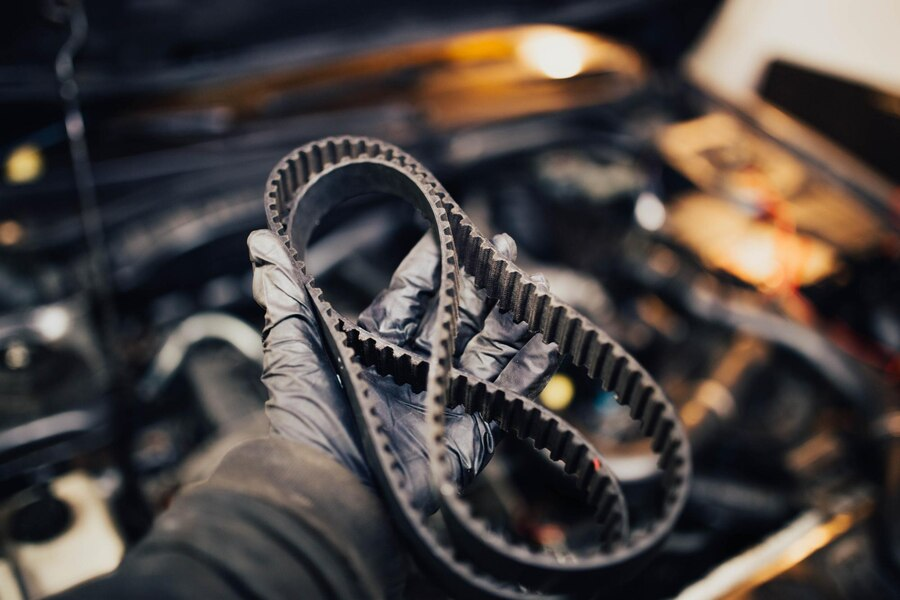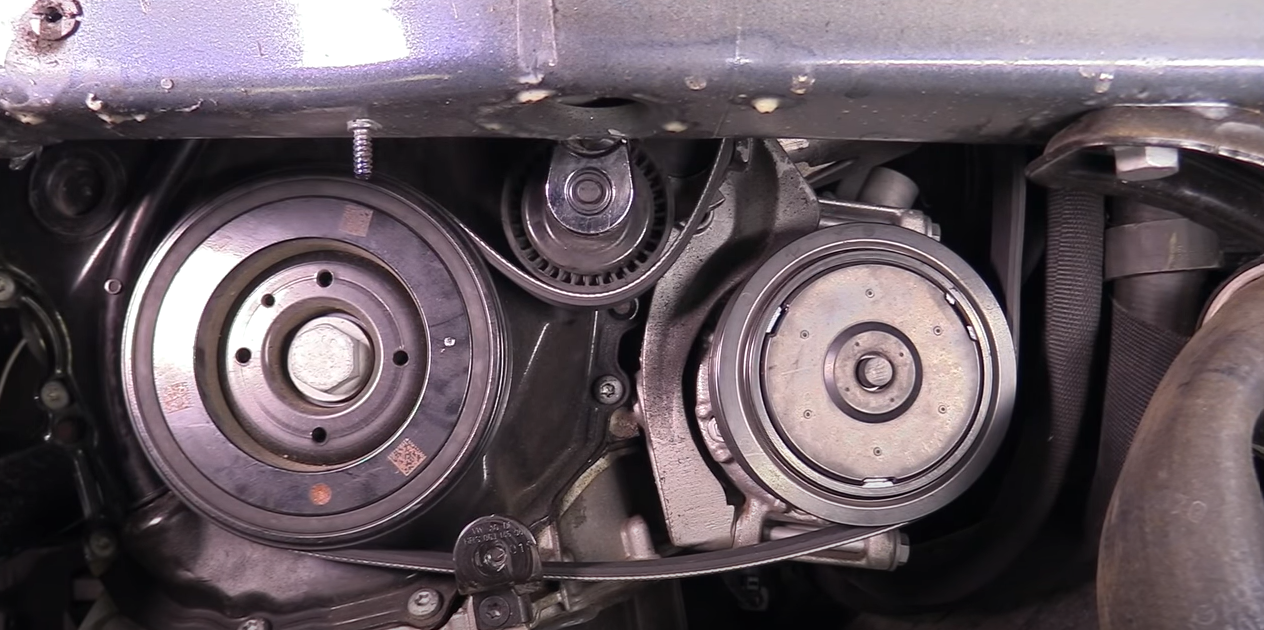With the surge of technological advancements and innovations, one of the aspects that often get overshadowed is the intricate mechanical systems that power our vehicles. Today, we focus on one of these systems, the 2011 Toyota Camry’s belt system. The Camry, renowned for its durability and reliability, utilizes a combination of two primary belts, the serpentine belt and the timing belt, for its engine’s operation.
The Serpentine Belt
Named after its resemblance to a serpent’s movement, the serpentine belt is a crucial component that drives many accessories attached to the automobile engine. This long, winding belt is vital for the functionality of several devices. Let’s delve into the specifics of its operation and the components it powers.
The Serpentine Belt’s Purpose
The serpentine belt’s primary purpose is to provide power to the vehicle’s accessories. Without the serpentine belt, the engine would not be able to deliver power to the necessary components. The belt utilizes the mechanical energy from the engine’s rotating crankshaft and transfers it to various parts, including:
- Alternator: This component generates electrical energy for the vehicle. It charges the car battery and powers the electrical systems when the car is running;
- Power Steering Pump: The power steering system makes it easier for the driver to steer the vehicle by using hydraulic or electric power (or a combination of both) to assist in turning the wheels;
- Air Conditioning Compressor: The A/C compressor is a crucial component of the car’s air conditioning system. It compresses the refrigerant and circulates it through the A/C system;
- Water Pump: This pump circulates the coolant through the engine block, radiator, and heater core to maintain optimal engine temperatures.
It’s important to note that the belt must maintain proper tension to effectively deliver power. The belt tensioner, a pulley positioned on a spring mechanism or adjustable pivot point, is designed to keep the belt tight against the accessory pulleys.
The Serpentine Belt’s Path
Understanding the serpentine belt’s path is essential to comprehending how it functions. The serpentine belt in a 2011 Toyota Camry follows a specific path:
- The serpentine belt originates from the crankshaft, located at the bottom of the engine;
- From the crankshaft, the belt winds upwards, delivering power to the water pump;
- Leaving the water pump, the belt moves around the power steering pump;
- The belt then travels downward to the A/C compressor;
- After powering the A/C compressor, the belt ascends again to deliver power to the alternator;
- Once past the alternator, the belt circles back to the crankshaft;
- Throughout this course, the tensioner pulley maintains the necessary tension in the serpentine belt.
Remember, this is a generalized representation. The exact routing may vary slightly depending on specific models and engine sizes.
The Timing Belt

Beyond the serpentine belt, another significant belt in the 2011 Toyota Camry is the timing belt. This belt is less visible but equally important, synchronizing the engine’s operations.
The Timing Belt’s Purpose
The timing belt’s main job is to sync the rotation of the crankshaft and the camshaft(s), enabling the engine’s valves to open and close at the correct times during each cylinder’s intake and exhaust strokes. Here’s what these terms mean:
- Crankshaft: The crankshaft changes the pistons’ linear movement into a rotational movement to drive the wheels of the vehicle;
- Camshaft: The camshaft controls the intake and exhaust valves’ opening and closing in the cylinder head. In a V6 engine, you’ll find two camshafts, whereas inline 4-cylinder engines have one;
- Water Pump (in some configurations): The timing belt drives the water pump in some engine configurations. This is not a universal setup but is seen in some vehicles.
The coordination between the crankshaft and the camshaft is critical. Without this synchronization, the engine’s valves and pistons can collide, leading to serious engine damage.
The Timing Belt’s Path
The routing of the timing belt for the 2011 Toyota Camry is as follows:
- The belt starts at the crankshaft located at the engine’s bottom;
- From the crankshaft, the belt travels up to the camshaft(s);
- If the engine uses the timing belt to power the water pump, the belt passes it after the camshaft(s);
- The belt then loops back down to the crankshaft;
- The tensioner ensures the timing belt maintains the correct tension throughout its path.
Conclusion
Understanding the belt diagram of your 2011 Toyota Camry is an important part of vehicle maintenance. Regularly checking the condition of your serpentine and timing belts, as well as replacing them at appropriate intervals, can greatly extend the life of your vehicle and save you from costly repairs down the line.
FAQ
Some common signs of a failing serpentine belt include squealing noises from the front of the vehicle, power steering and A/C malfunction, engine overheating, and visibly worn or damaged belt.
Toyota generally recommends replacing the timing belt every 90,000 to 100,000 miles. However, if you notice signs like a ticking noise from the engine, the engine not starting, or engine misfires, it might be time to check your timing belt.
While it’s possible to replace these belts if you’re comfortable with car repairs and have the right tools, it’s often safer to take your vehicle to a professional mechanic. Incorrect belt replacement can lead to serious engine damage.
Yes, a failed serpentine belt can lead to overheating, battery drain, and loss of power steering and AC. A failed timing belt can cause the engine’s valves and pistons to collide, leading to severe engine damage.
For a better understanding of these belts and their paths, there are several video resources available online. Visual walkthroughs provide an invaluable aid in understanding the intricacies of the belt systems. One such video that provides a comprehensive view of the belt diagram of the 2011 Toyota Camry can be found here:
